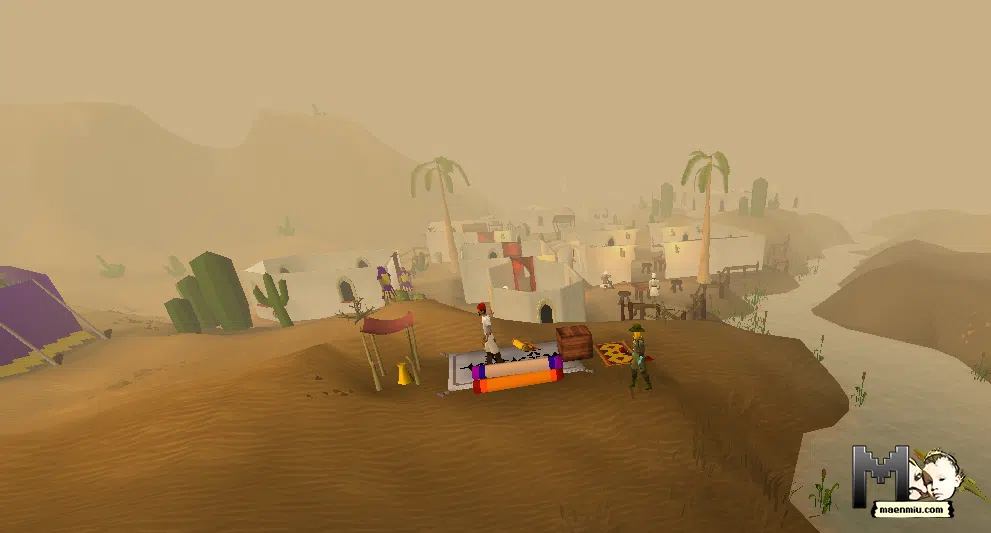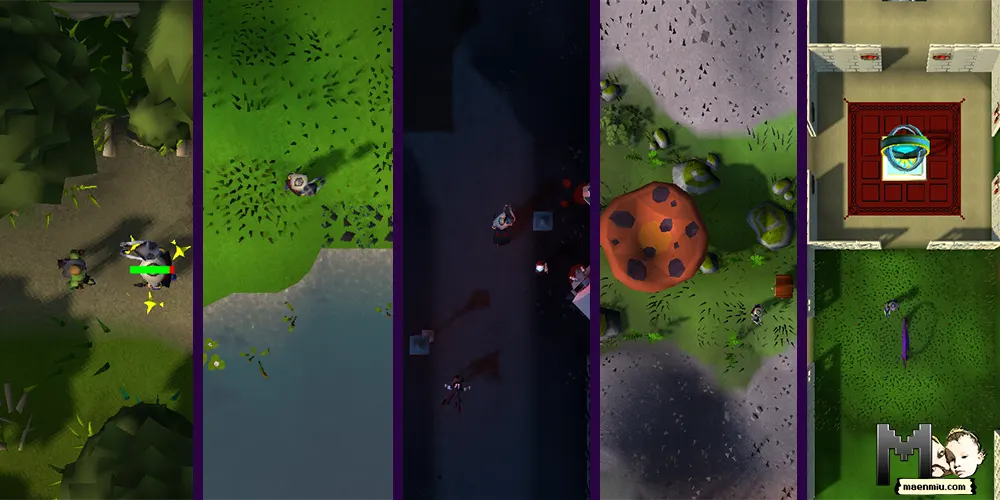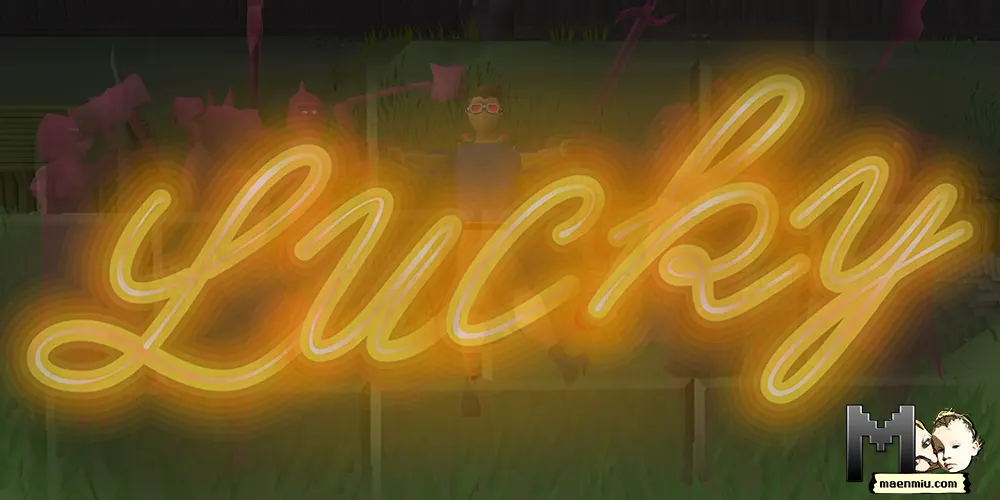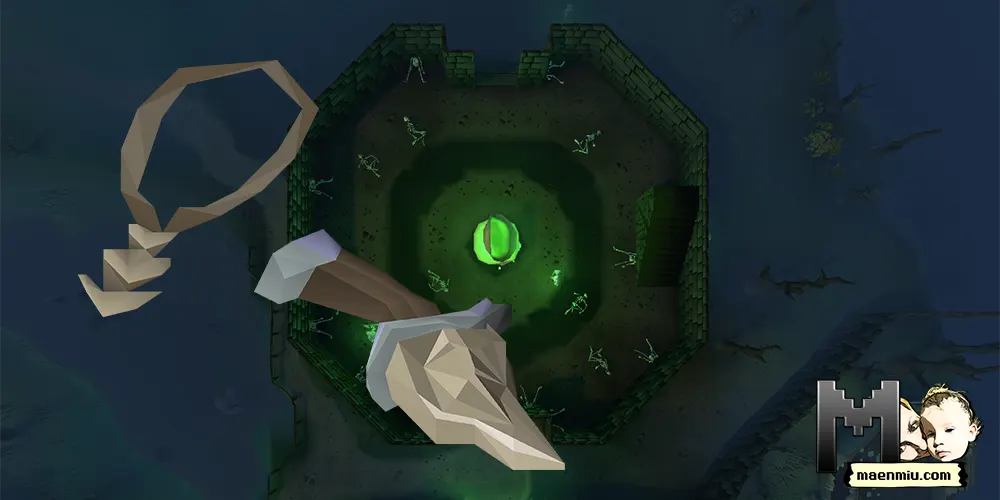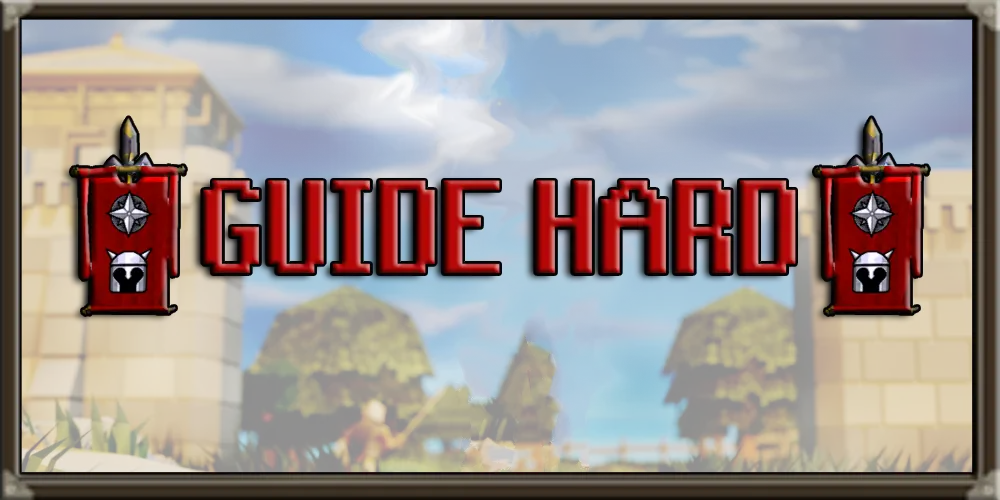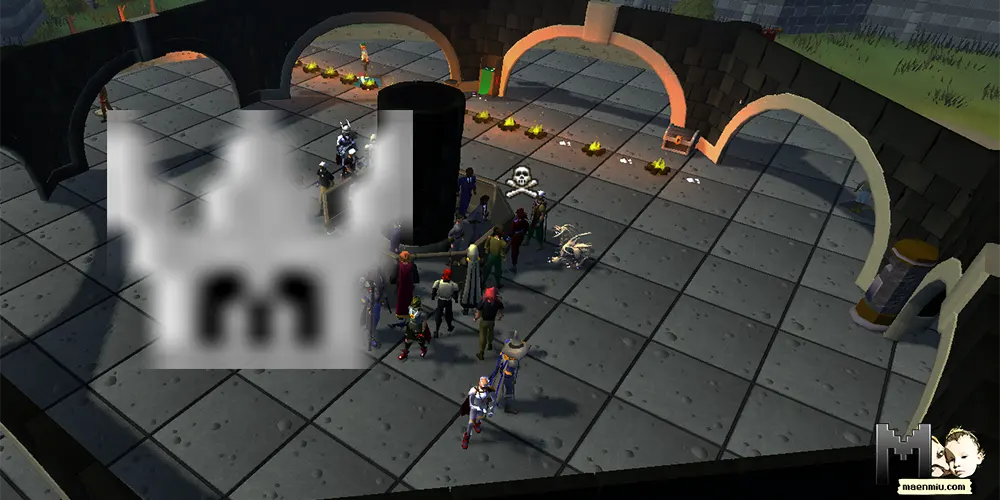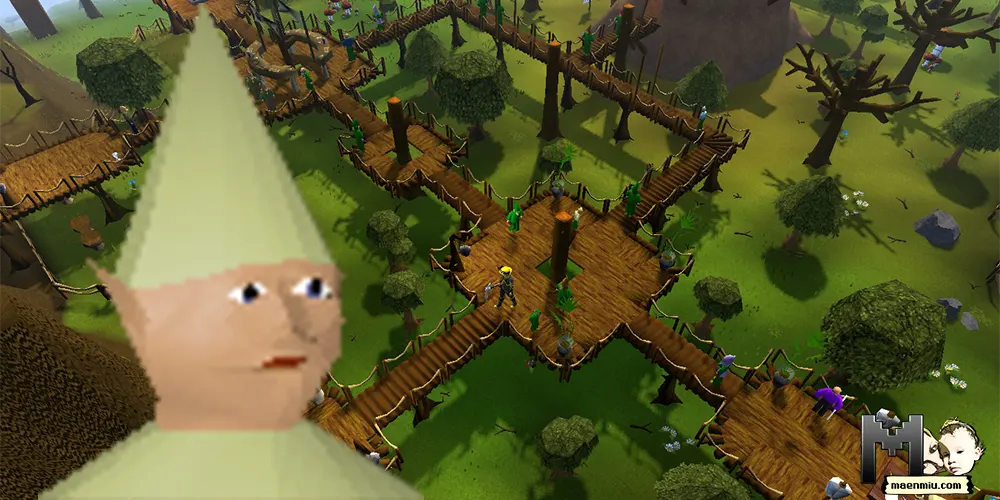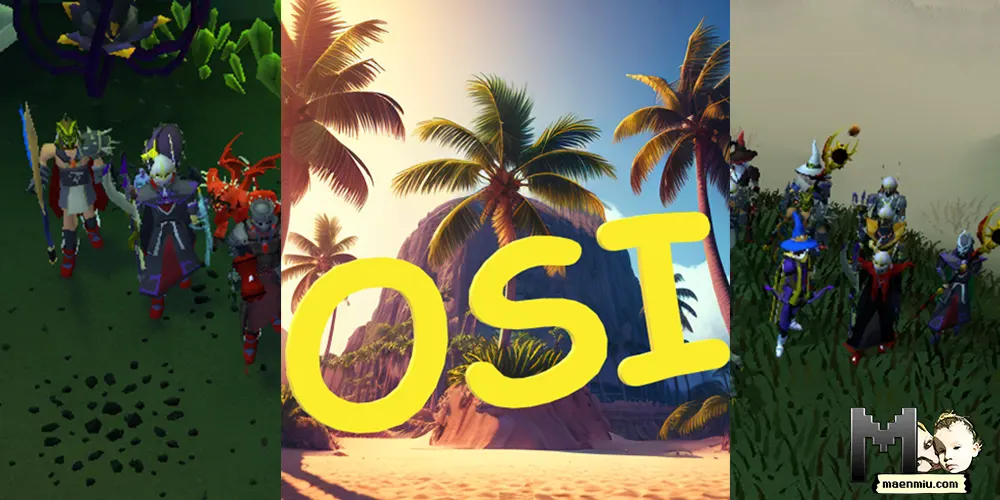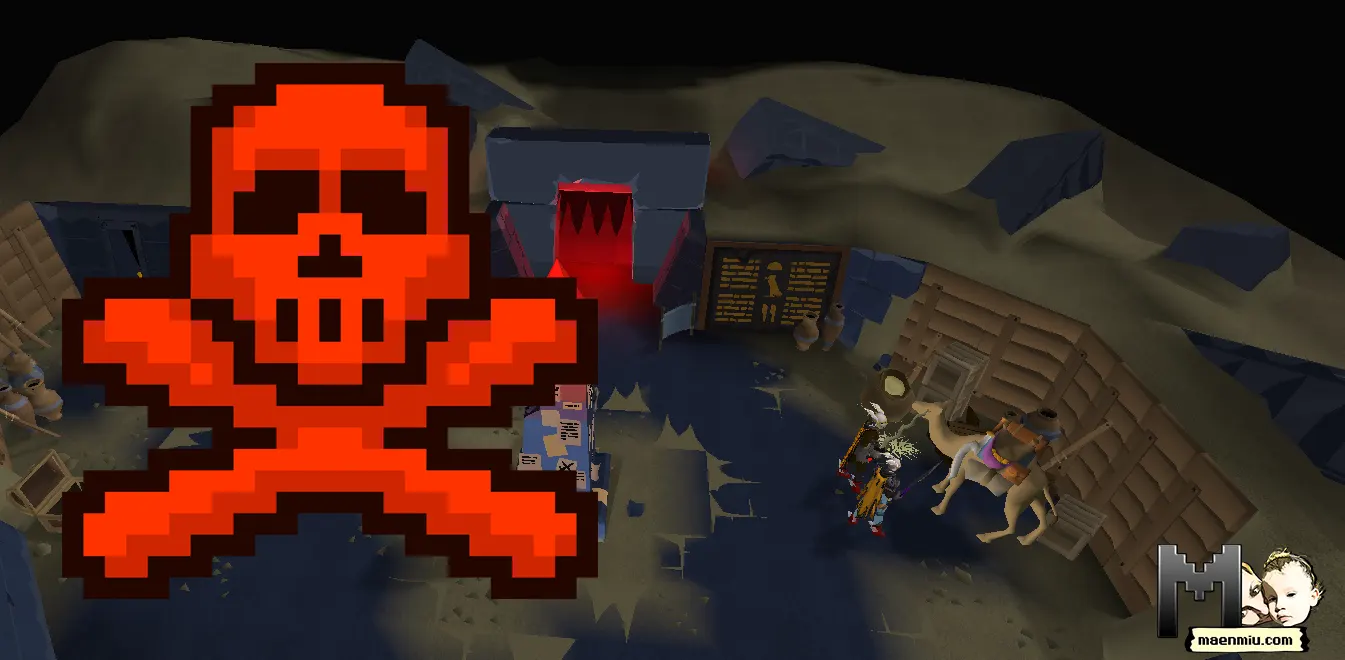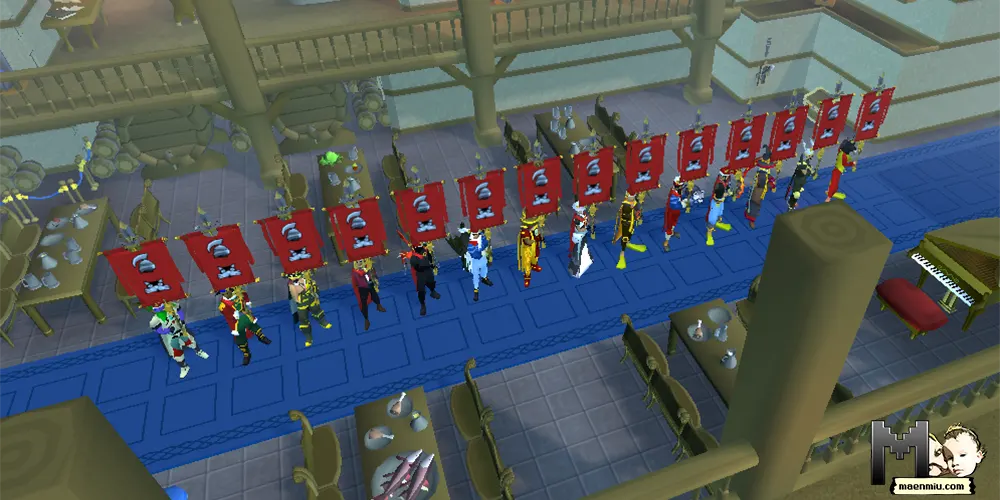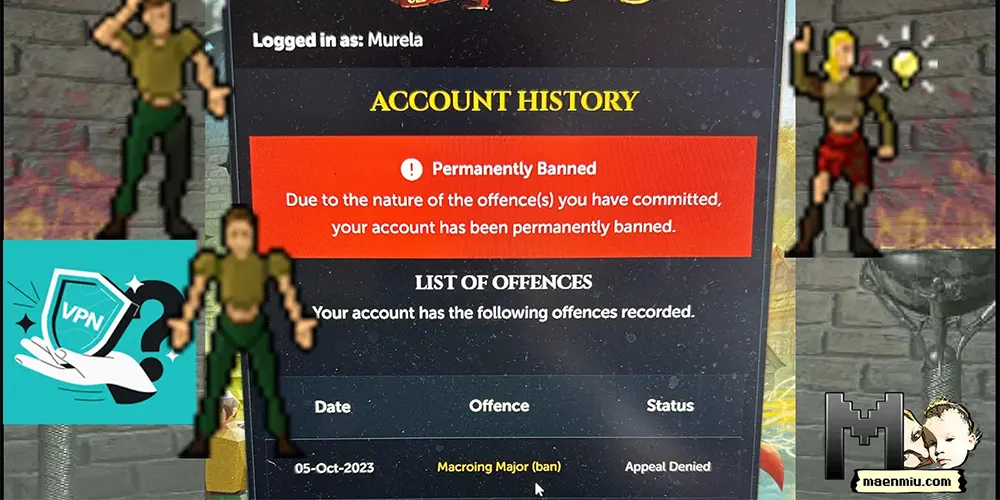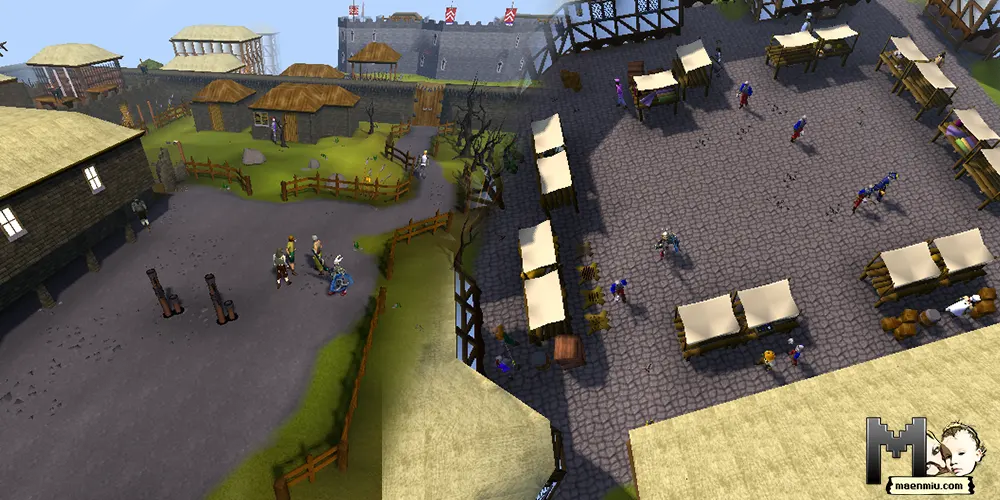
To truly comprehend the parallels between Ardougne in Old School RuneScape (OSRS) and the city of Berlin, we must journey back to the aftermath of World War II. Berlin, the German capital, found itself at the heart of an ideological tug-of-war between the victors of the war – the United States and the Soviet Union. The city was effectively divided into two distinct entities, each reflecting the ideology of the superpower controlling it.
West Berlin, overseen by the U.S. and its allies, flourished under a capitalist economy. It was a vibrant, technologically advanced city. Its people enjoyed freedom of speech, the free market thrived, and cultural expression was encouraged. It was an island of capitalism amidst a sea of communism, a glimmering symbol of Western democracy.
Meanwhile, East Berlin, under the influence of the Soviet Union, embodied the socialist-communist ethos. The state controlled the economy, leading to economic stagnation and scarcity. Freedom of speech was curtailed, and political dissent was met with repression. The Berlin Wall, erected in 1961, was a tangible manifestation of this ideological divide, a stark reminder of the human cost of the Cold War.
You might like
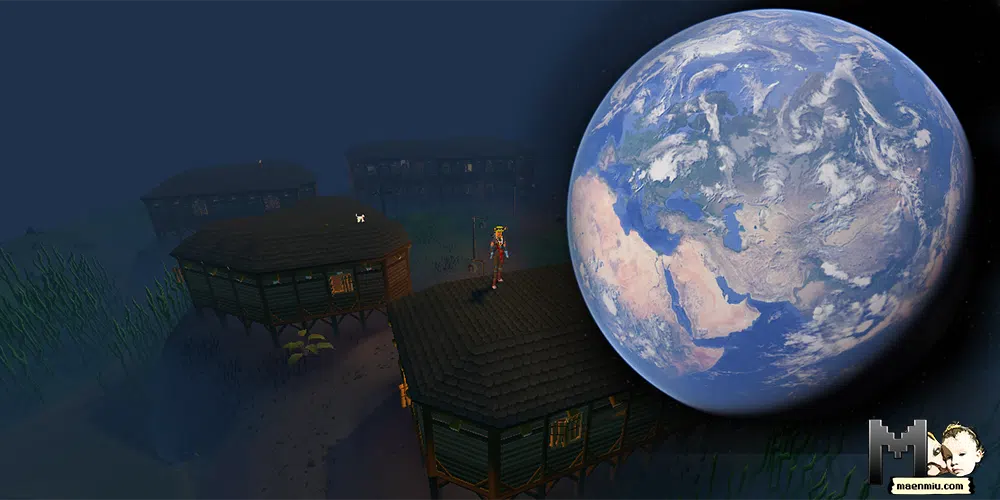
Ardougne
Now, let’s traverse the digital landscapes of OSRS to the city of Ardougne. Like Berlin, Ardougne is a city bisected, divided into West Ardougne and East Ardougne by a significant wall. It’s a game environment that reflects the very real historical divide.
West Ardougne, akin to East Berlin, is a region of hardship and desolation. Beset by a supposed plague, the city is under strict quarantine. Its citizens, subject to poverty and despair, live under the stern watch of the Mourners, a shadowy group who maintain strict control over the inhabitants.
Meanwhile, East Ardougne is the polar opposite, closely mirroring West Berlin in its vibrancy and wealth. Ruled by King Lathas, East Ardougne pulsates with lively markets, basks in the beauty of well-tended gardens, and displays the opulence of ornate mansions. The contrast in the quality of life across the dividing wall is clear and stark.
Echoes of History
While it’s not definitive whether the game developers intentionally crafted this parallel, the similarities between the narratives of these divided cities are remarkable. Both the historical and the digital cities are characterized by a profound physical and ideological split that represents two starkly different ways of life. Both cities give a poignant portrayal of how political manoeuvrings can deeply impact the lives of ordinary citizens.
The potential historical allusion provides a unique depth to OSRS. It shows that games can offer more than pure entertainment—they can serve as platforms for historical engagement, subtly imparting knowledge about real-world events. This possible nod to the Berlin division might spark an interest in history among players, deepening their appreciation for the narrative.
The Intersection of History and Gaming
So, the next time you traverse the streets of Ardougne, consider this possible historical echo beneath its pixelated surface. You might find that this additional layer of historical context enriches your gaming journey, creating a more profound connection between you and the virtual world of Gielinor.
I created this article with the partial assistance of an AI tool. Learn about my view on AI and why I’m telling you about it.

